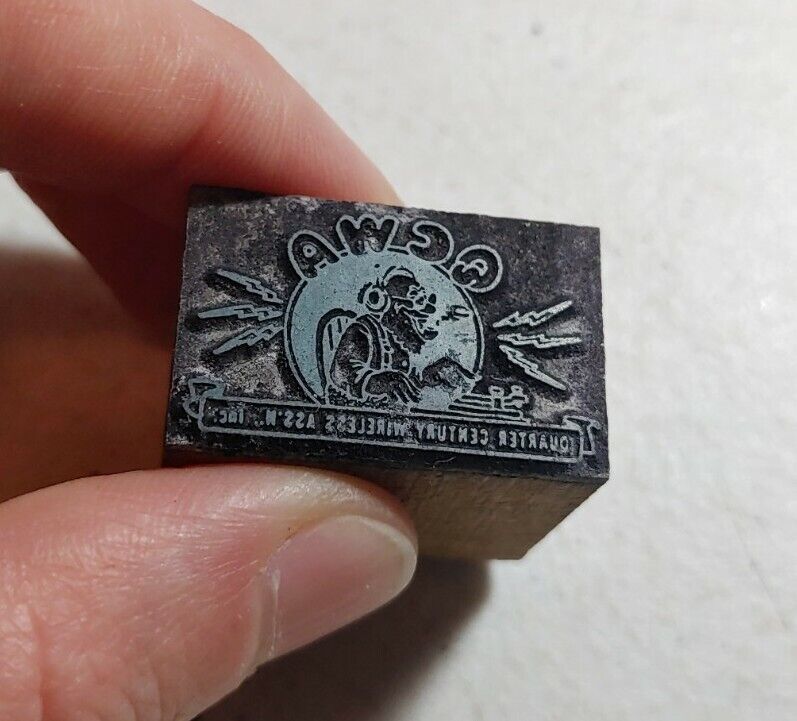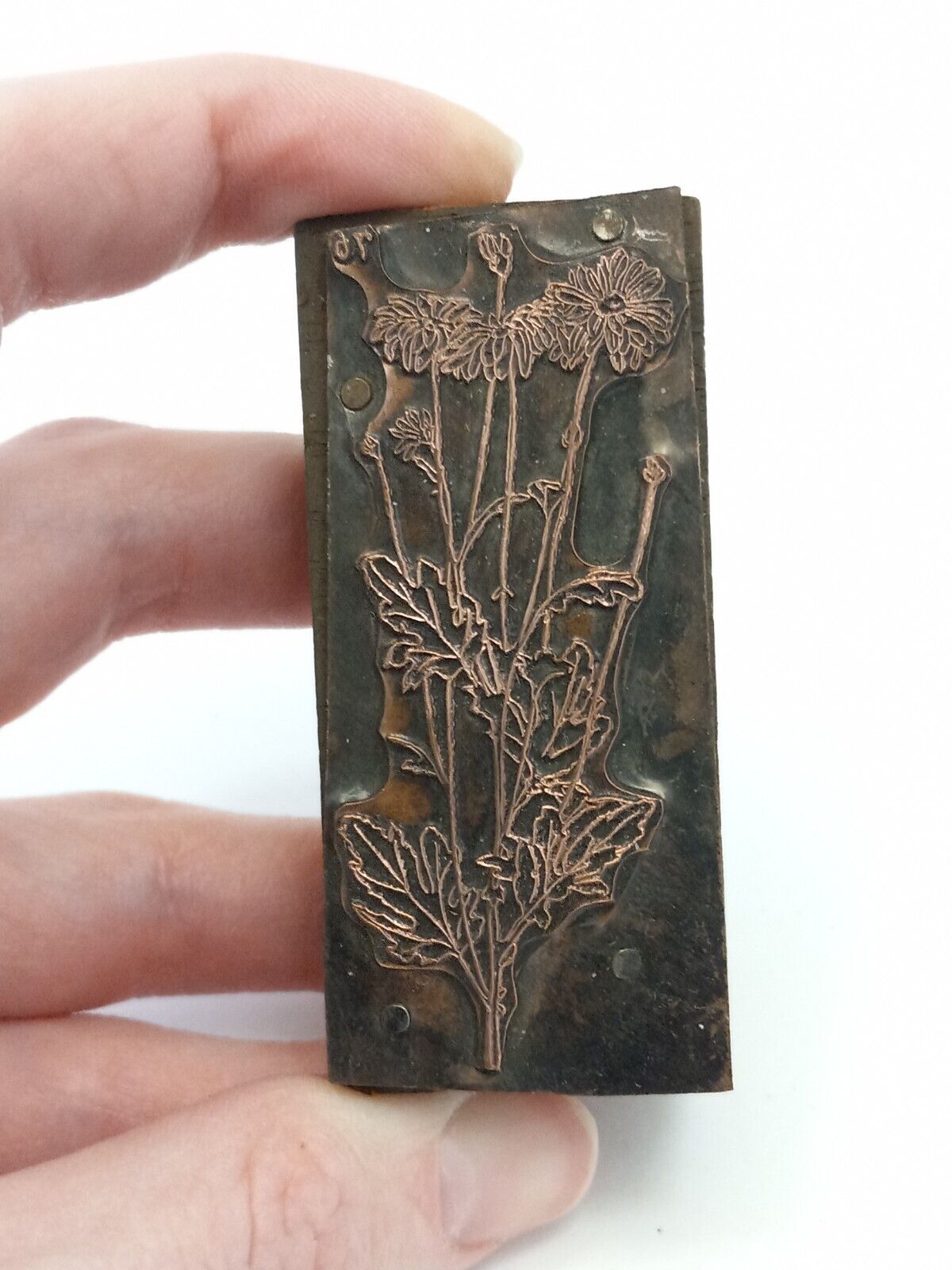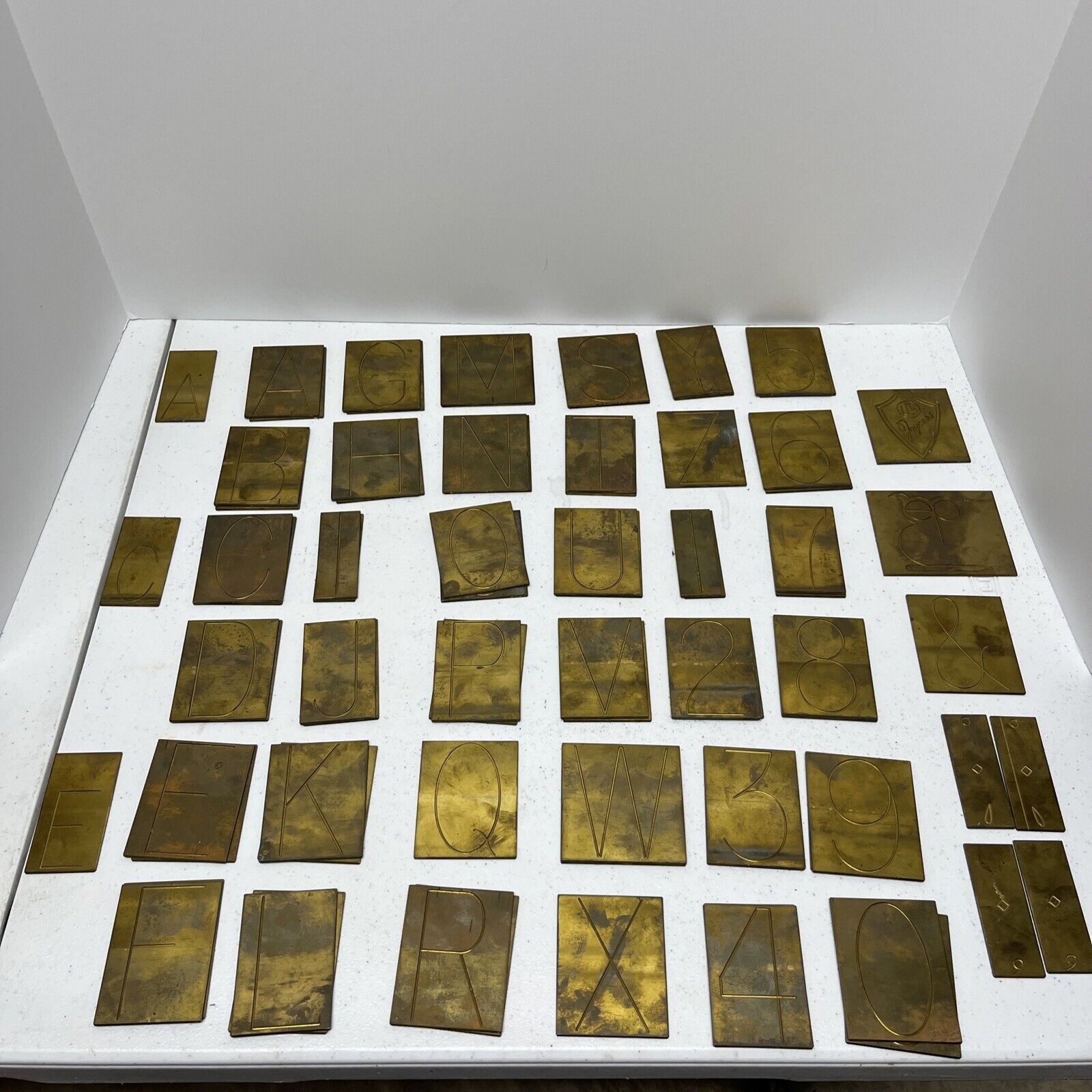-40%
HAND OPERATED EDISON & A.B. Dick MIMEOGRAPH Copy Machine Model 77
$ 105.6
- Description
- Size Guide
Description
Used (and untested) Edison and A.B. Dick Mimeograph Copy Machine Model 77. Heavy, old (er, vintage!), local pickup only. The last time I saw one in use was in the "mimeograph closet" at my grade school. Where I also saw the librarian and the janitor "talking close together."Here's some info stolen from Wikipedia, in case you're the sort of person that's idly perusing eBay listings and reads the really long descriptions some people post:
The stencil duplicator or mimeograph machine (often abbreviated to mimeo) is a low-cost printing press that works by forcing ink through a stencil onto paper. The mimeograph process should not be confused with the spirit duplicator process. Mimeographs, along with spirit duplicators and hectographs, were a common technology in printing small quantities, as in office work, classroom materials, and church bulletins. Early fanzines were printed in this technology, because it was widespread and cheap. In the late 1960s, mimeographs, spirit duplicators, and hectographs were gradually displaced by photocopying and offset printing. Thomas Edison received US patent 180,857 for "Autographic Printing" on August 8, 1870. The patent covered the electric pen, used for making the stencil, and the flatbed duplicating press. In 1880 Edison obtained a further patent, US 224,665: "Method of Preparing Autographic Stencils for Printing", which covered the making of stencils using a file plate, a grooved metal plate on which the stencil was placed which perforated the stencil when written on with a blunt metal stylus. The word "mimeograph" was first used
by Albert Blake Dick when he licensed Edison's patents in 1887. Dick received Trademark Registration no. 0356815 for the term "Mimeograph" in the U.S. Patent Office. It is currently listed as a dead entry, but shows the A.B. Dick Company of Chicago as the owner of the name.




















